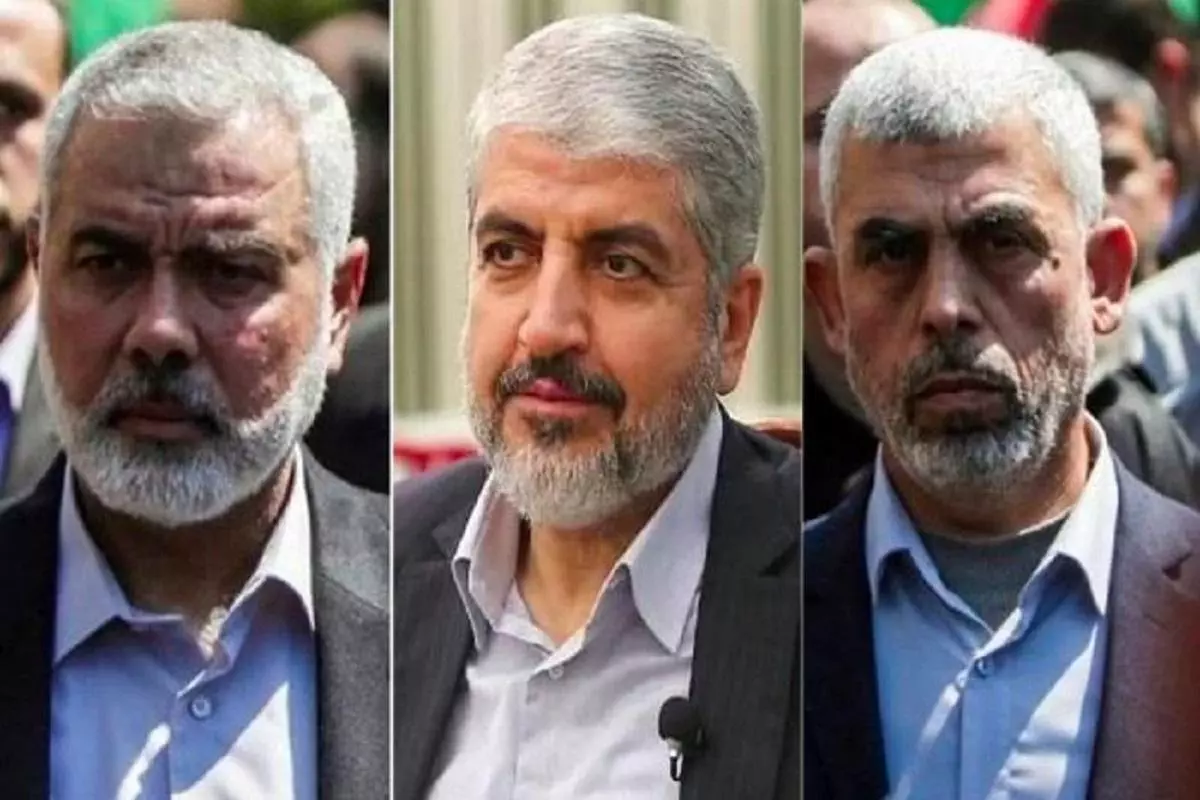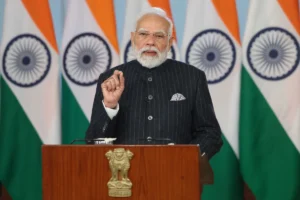
Operation Elimination: Israel's Strategy to Target Hamas Leaders Post-War
After Israel’s operation in Gaza comes to an end, Israeli Prime Minister Benjamin Netanyahu reportedly wants to take the lead from his predecessor, Golda Meir, and sanction a mission akin to “Operation Wrath of God,” which would involve eliminating Israel’s adversaries across nations and continents.
A Wall Street Journal story claims that Netanyahu has given the Mossad, Israel’s spy organisation, instructions to simplify a plan for carrying out this assignment. According to reports, Mossad is formulating plans to neutralise high-value targets in Qatar, Lebanon, and Turkey, especially the latter since Hamas has an office there.
According to a Qatari official cited by news agency AFP in October, Hamas’s political office was “opened in Qatar in 2012 in coordination with the United States government, following a US request to open a communication channel”.
The Objectives
The Wall Street Journal reports that Efraim Halevy, a former director of Mossad, expressed worries about the operations, cautioning that they could have unforeseen implications and further destabilise the area. Eliminating Hamas targets worldwide, according to Halevy, wouldn’t guarantee that Israel would be safe from attacks.
“Pursuing Hamas on a worldwide scale and trying to systematically remove all its leaders from this world is a desire to exact revenge, not a desire to achieve a strategic aim,” Halevy was said to have said by the WSJ.
Several prominent figures, including Ismail Haniyeh, Mohammed Deif, Yahya Sinwar, and Khaled Mashal, could be on Mossad’s hit list.
Ismail Haniyeh
Haniyeh, a politician and former prime minister of Palestine, is sixty years old. In 2017, he was chosen to lead Hamas’ political bureau. As the prime minister of Palestine in 2006, Haniyeh was the target of a poisoned letter attempt to kill him.
Living in voluntary exile, Haniyeh divides his time between Turkey and Qatar.
Mohammed Deif
Israel’s number one public enemy is Deif, who is in charge of the Ezzdine al-Qassam Brigades, the military branch of Hamas. There have reportedly been at least six attempts on his life by Israeli officials. Additionally, the US has included him on its list of “international terrorists” since 2015.
Deif’s voice may be heard in the audio warning that preceded the October 7 Hamas attack on Israel, which was called the “Al-Aqsa Flood”. Although Israel believes he is fighting alongside Hamas fighters in the Gaza Strip, his present whereabouts are unknown.
Yahya Sinwar
Former Ezzdine al-Qassam Brigades commander Sinwar, 61, was chosen to lead Hamas in Gaza in 2017. Before being freed in 2011 as part of a prisoner exchange with French-Israeli soldier Gilad Shalit, who was being held captive by Hamas, he had spent 23 years in Israeli jails.
During their captivity, a few of the Israeli hostages who were transported to Gaza have mentioned coming across Sinwar.
Khaled Mashal
Mashal was the head of the Hamas Politburo from its inception until 2017. It is thought that he is currently in Qatar.
In 1997, a dramatic attempt to kill Mashal took place in Jordan when Mossad agents, disguising themselves as Canadian visitors, sprayed a lethal poison into one of his ears. After the Mossad kill team was apprehended, Mashal became unconscious.
Then-Mossad chief Danny Yatom had to fly to Amman with an antidote, and US President Bill Clinton had to step in.
What the Law Require
The Israeli Defence Minister, Yoav Gallant, has a poster on the wall of his Tel Aviv office that features mugshots of hundreds of Hams commanders and fighters.
“They are living on borrowed time,” Gallant remarked last week, according to Reuters.
According to the Wall Street Journal, a few Israeli officials desired to start the killing spree shortly after the attacks on October 7. Retired Israeli general Amos Yadlin reportedly stated that a targeted killing campaign “is what justice demands” in the Wall Street Journal.
To read more such news, download Bharat Express news apps


















